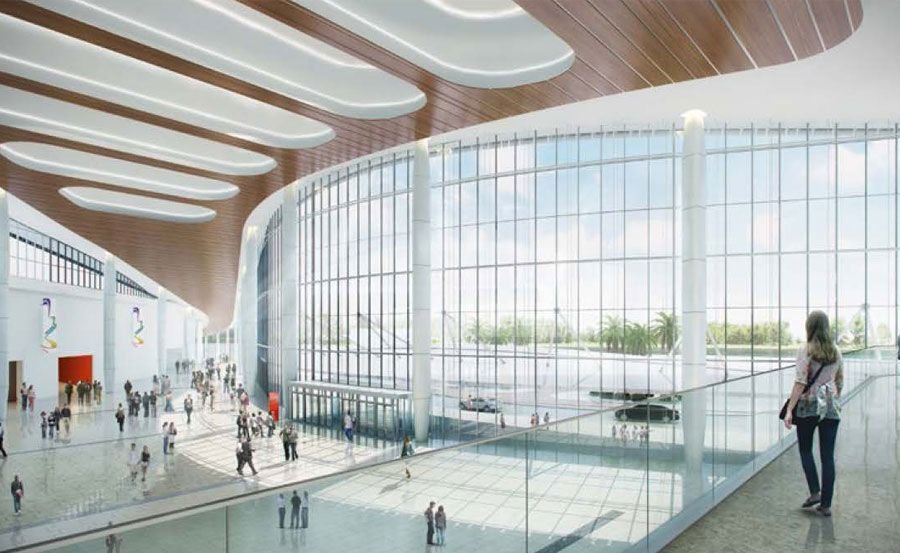There is much hype around Agile these days. We know that things are moving faster than ever and that “slow business is no business”.
There are agile methods, agile techniques, agile projects, agile best practices, agile coaches and agile certifications. But how many agile businesses are there?
I support the original tenets of the Agile Manifesto and the teachings of the founders. They highlight user involvement, refinement through iteration, communication, flexible working and trust relationships between business and technologists. All good things.
I do have a problem with agile dogma and religion in the absence of other essentials for Agile practices to work. These essentials include: high skill, small teams, continuity of resources, trust and attention to quality and testing. Agile should also not be used as an excuse to bin architecture, requirements definition and documentation.
I often see Agile abused to “crank the handle harder” in development projects in an attempt by business to get to functional goals earlier. The emphasis here is wrong. We don’t need a more pressured process, we need a better result: higher quality (better matching requirements) and more adaptable to future requirements.
Using a building analogy, many Agile projects are “laying bricks faster”. This may be without fully understanding requirements, proper design for safety, scalability and still creating a “fixed” artefact, namely a brick and mortar building. If requirements change, as business evolution dictates they will, another project is required to break down elements and build others.
I suggest we should be building more flexible artefacts. Take a conference centre, which must host a sports match one day, a book fair the next, on the weekend a rock concert and the following week a motor show. We know it has to be flexible and that we won't have time to rebuild. Flexibility is thus a stable requirement. Knowing that, we can design and build for it, even using a conventional construction approach. We can build a shell with large open, reconfigurable spaces, movable walls, power outlets in the floors, lighting on tracks, etc. This will allow the user community to alter the building themselves in a matter of hours.
We need Architecture to identify high level stakeholder requirements and change dimensions and try out conceptual options rapidly, partition elements that can be tackled by separate teams with defined interfaces and then to guide implementation. The construction itself could be agile or conventional. The former offers advantages where some requirements and suitable solutions are not known and need to be tried, prototyped and refined. Using an Agile approach requires high skills, stable teams, continuity of resources as well as a high trust from sponsors.
The solutions should be documented so they are easily used by the operators and maintainable for adaptation.

